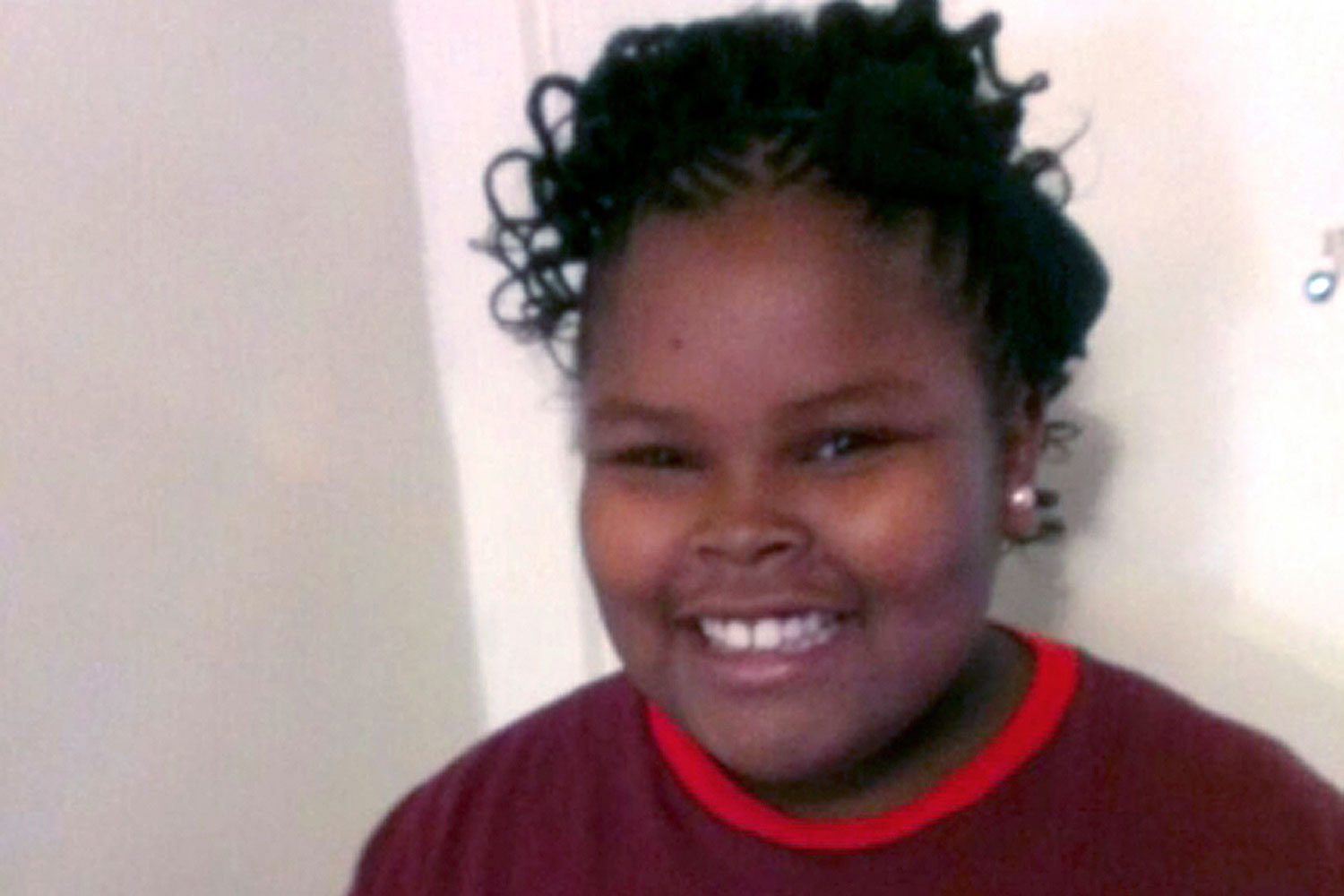
Concepts matter in medicine. This could not be more obvious than in the utter confusion on display over the concepts of ‘brain death’ and ‘life support technology’ that has resulted in two dead bodies being kept on ventilator support in California and Texas.
In Oakland, California 13-year old Jahi McMath has been maintained on machines since an elective procedure to treat her sleep apnea went horribly wrong on December 9th. She has been in the ICU on a ventilator at the Oakland Children’s Hospital since then.
(MORE: Teen Girl Brain Dead After Tonsil Removal Goes Wrong)
In Forth Worth, Texas, Marlese Munoz has been on machine support in the ICU at John Peter Smith Hospital since, without any warning last November 26th, she suffered a pulmonary embolism. She was then 14 weeks pregnant.
In both cases Jahi and Marlese have been declared brain dead. In both cases there is a huge controversy over whether their ‘life-support’ can be stopped. In both cases a misunderstanding of these terms have led to outcomes that make no ethical sense at all.
Jahi’s parents do not want the machines to be disconnected from her body. They are praying for a miracle. A judge has ordered life-support be continued at least until January 7th.
(MORE: Life Support Extended for ‘Brain-Dead’ Girl)
In Marlene’s case, her husband and family want the machines stopped. But the hospital refuses citing a Texas law that says, “A person may not withdraw or withhold life-sustaining treatment … from a pregnant patient.”
What is incredible about both cases is that neither the parents of Jahi McMath nor the state of Texas should have any say whatsoever in stopping the discontinuation of life-supporting technology when someone has died.
Brain death is death. It has nothing to do with being a coma. It does not refer to a permanent vegetative state. It does not refer to being severely brain damaged. Comatose (unconscious) patients recover all the time. In fact, physicians often use medications to temporarily place a patient into a coma to aid in recovery. Vegetative patients have lost (temporarily or permanently) most of their higher brain functions. Recovery is more rare in these cases, but a lot depends upon the amount and type of injury that has been done to the brain. These patients, such as Terri Schiavo, are still alive, whether they recover from their brain injuries or not.
(MORE: Terri Schiavo’s Family Urges Life Support For Brain Dead Teen)
Jahi and Marlese are not injured or comatose or vegetative. They are deceased. They have been pronounced dead by multiple physicians who have conducted standard tests and diagnostic procedures. When a person is dead there is no longer any possibility of ‘life support’ by any technology or machine. When a person is dead there is nowhere to transfer them to recover. When a person is dead, life support has to end since regardless of what parents, judges or legislators might want to believe, no physician can do anything to treat death.
When doctors say ‘brain dead’ instead of dead they confuse family members, the media, judges and the public. Calling someone brain dead makes it sound like they are almost dead, sort of dead, kind of dead but not really dead—which they are.
When doctors or others talk about stopping ‘life-support’ on a brain dead person they make it sound like they are ending care for a living person. But in removing life-supporting machines from the brain dead doctors are simply engaged in one of the last mandatory acts they must perform when someone has died.
Both California and Texas state law realize the reality of what brain death is and what it means. Both states permit the cessation of all treatments for the dead. Both states indemnify doctors against any penalties for doing so when death has been properly diagnosed.
(MORE: ‘Clinically Dead’? How Many Kinds of Dead Are There?)
Doctors and hospitals commonly give families a little time to say good-bye to the deceased patient before discontinuing ventilators. In California, this is required by law. It is important to recognize that this is not for the good of the patient since the patient has passed away. It is for the good of the family. But saying good-bye and beginning the grieving process cannot happen for either of these families until there is a recognition of the reality of death. Our technology makes it possible for the deceased to appear “life like.” It does not change the facts.
There is no reason for the doctors or administrators at the Children’s Hospital in Oakland to have listened to Jahi’s parents once, tragically, they determined that she had died. There is no reason JPS Hospital in Fort Worth should not immediately honor Marlene’s husband’s and family’s wishes and disconnect all treatment and technology. The fact that both are still on life-supporting technology is disrespectful to them. It is also inexcusably confusing to all the rest of us who may also one day have to face the reality of the limits of medicine when a loved-one dies while on life-support.
David Magnus PhD is the Director of Stanford’s Center for Biomedical Ethics.
More Must-Reads from TIME
- Why Trump’s Message Worked on Latino Men
- What Trump’s Win Could Mean for Housing
- The 100 Must-Read Books of 2024
- Sleep Doctors Share the 1 Tip That’s Changed Their Lives
- Column: Let’s Bring Back Romance
- What It’s Like to Have Long COVID As a Kid
- FX’s Say Nothing Is the Must-Watch Political Thriller of 2024
- Merle Bombardieri Is Helping People Make the Baby Decision
Contact us at letters@time.com